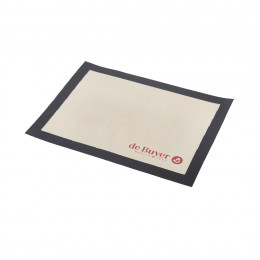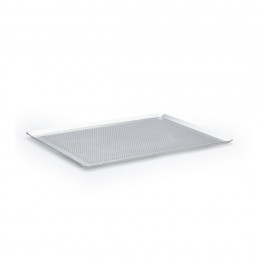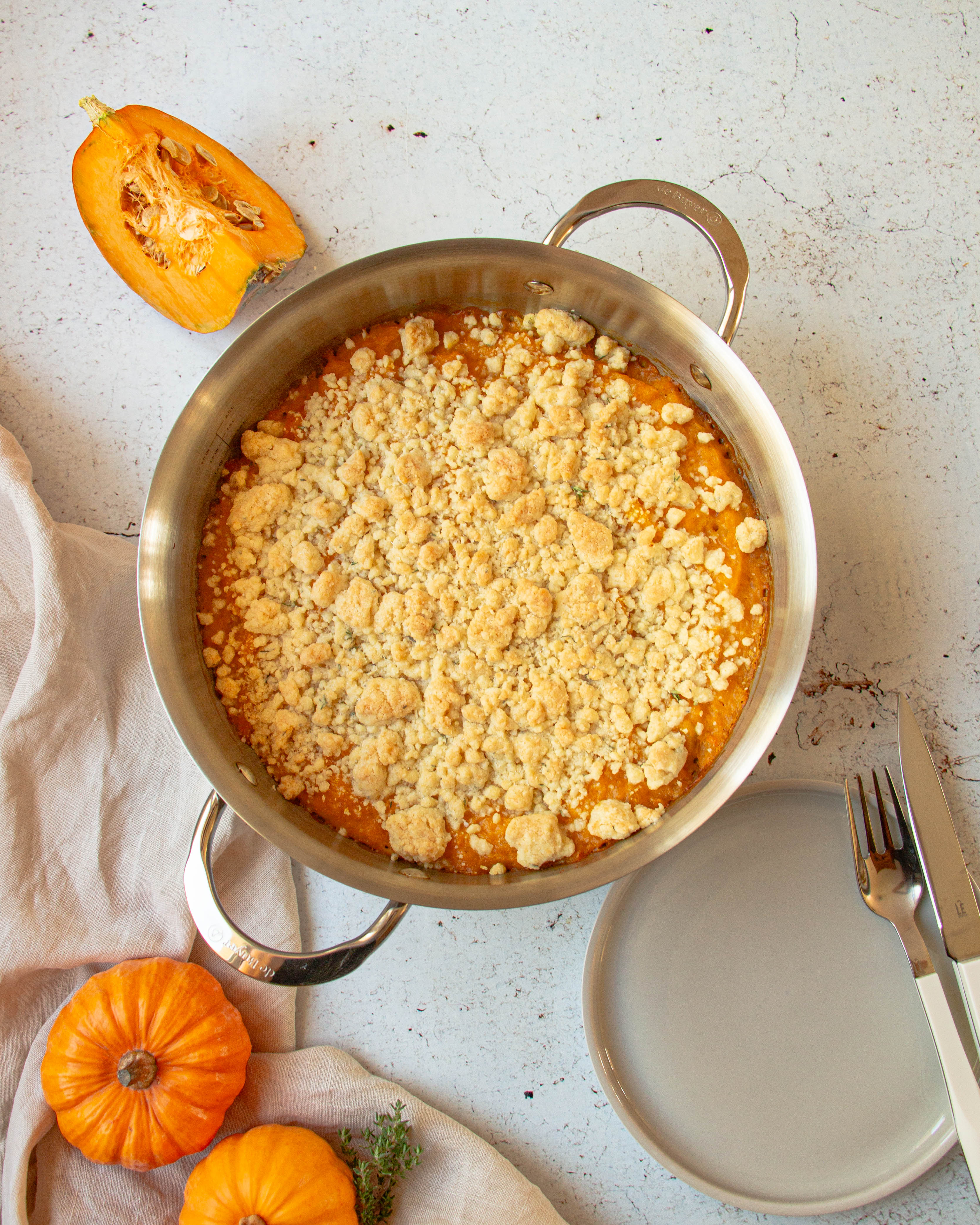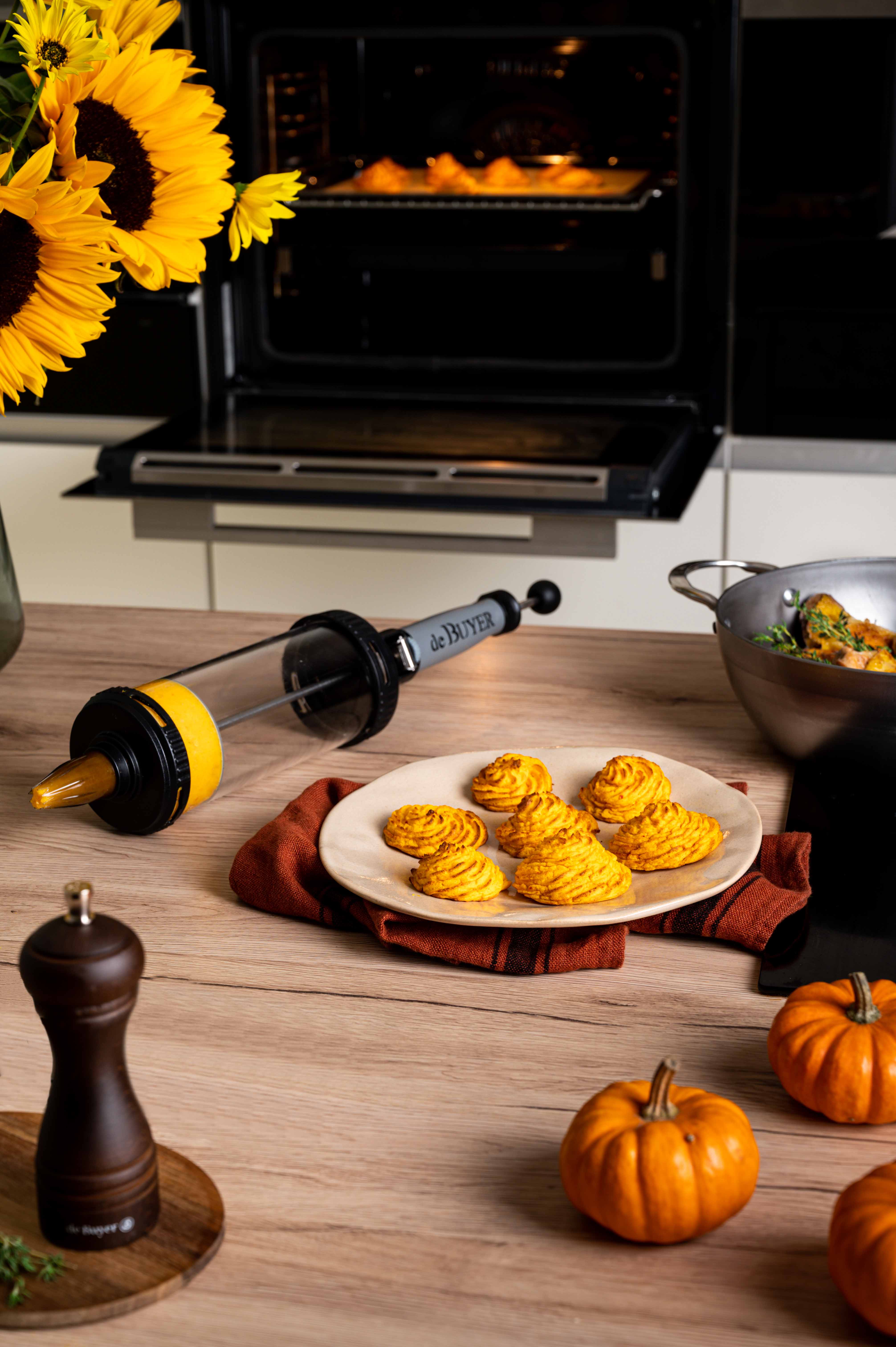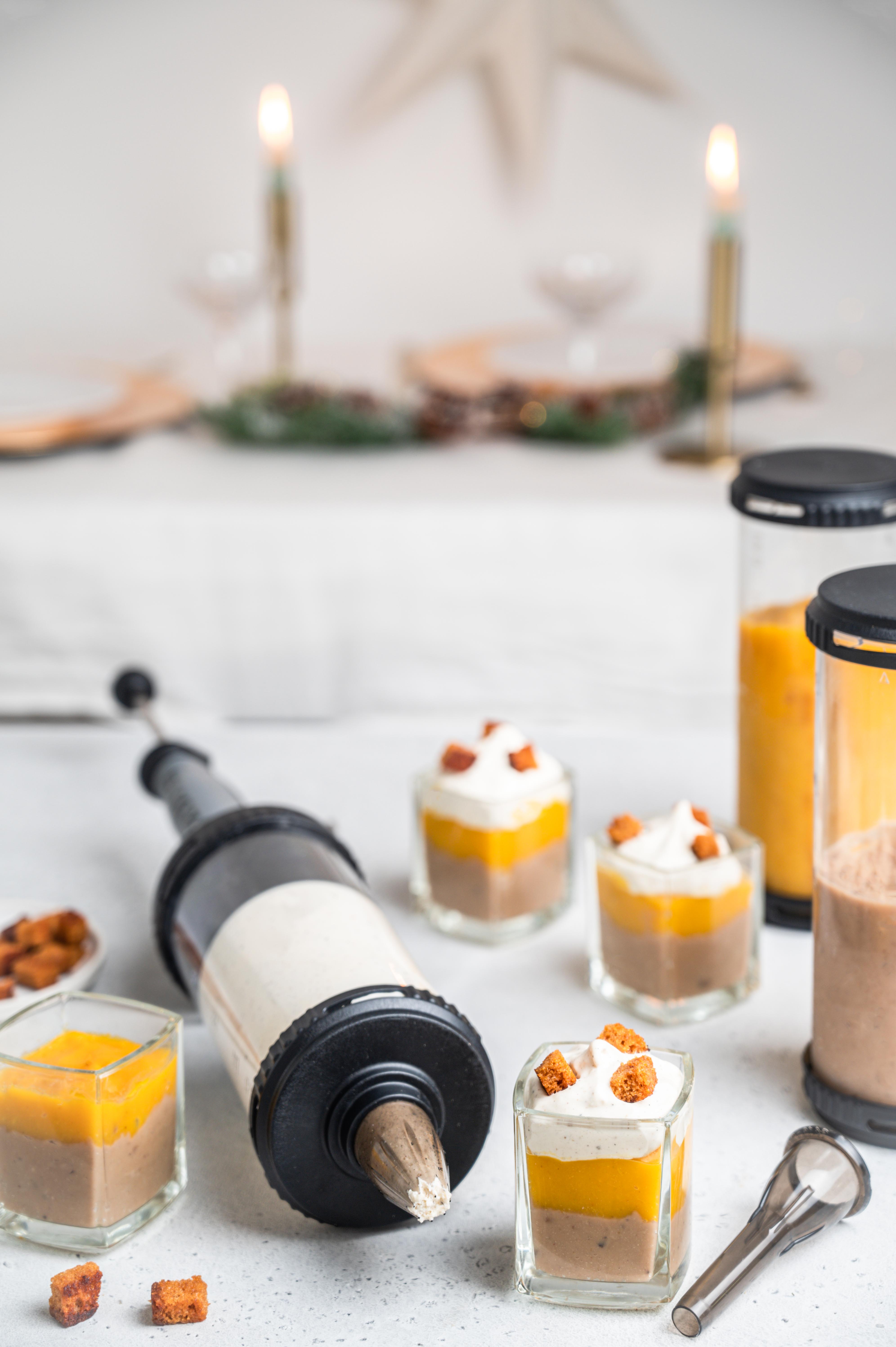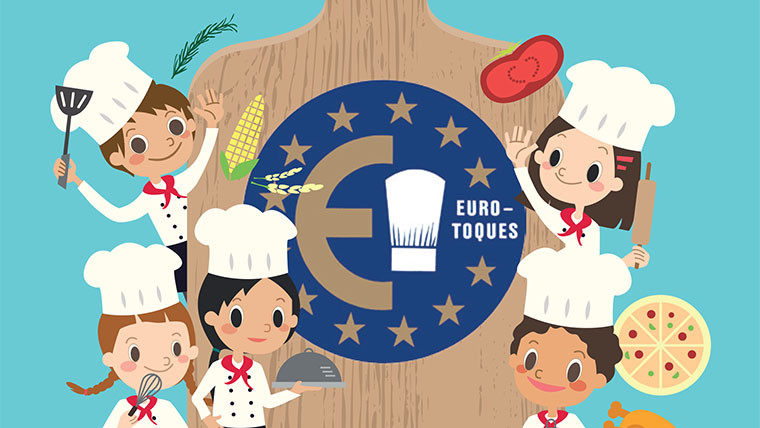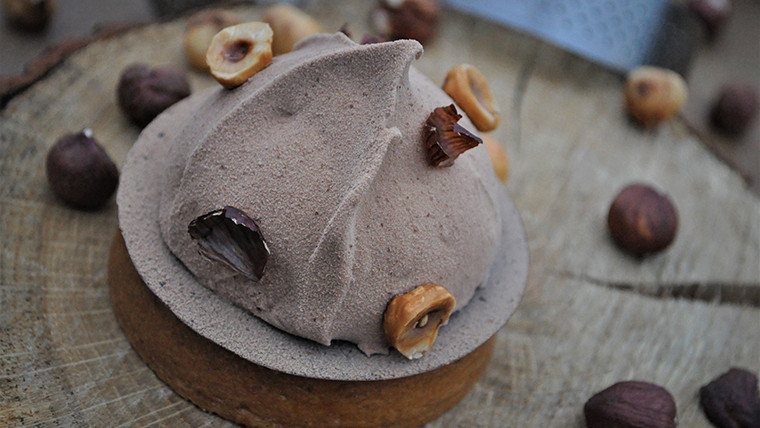

Halloween lantern: what to do with the leftover pumpkin parts?
Autumn is the season of pumpkins, a symbol of Halloween. After using these gourds to create spooky lanterns, it’s tempting to toss the leftovers in the trash. However, every part of the pumpkin can be utilized creatively and responsibly.
Whether it’s the seeds or the flesh, these often-overlooked components can be transformed into delicious recipes, preserved for the following year, or composted.
In this article, explore our various ideas for clever reuse.
Make the most of your pumpkin: from decoration to cooking!

Pumpkin seeds: a tasty and nutritious treat.
After carving your pumpkin for Halloween, don’t forget to save the seeds! Packed with nutrients, they add a delicious touch to your dishes.
Scoop them out with a spoon, wash them thoroughly, and then sauté them in a stainless steel pan with olive oil and spices like paprika, cumin, or salt, stirring regularly. In just 5 to 10 minutes over medium heat, they become golden and crispy.
These pan-roasted seeds make a perfect crunchy snack for appetizers. You can also sprinkle them on salads for added crunch or use them as a tasty garnish for soups.
.png)
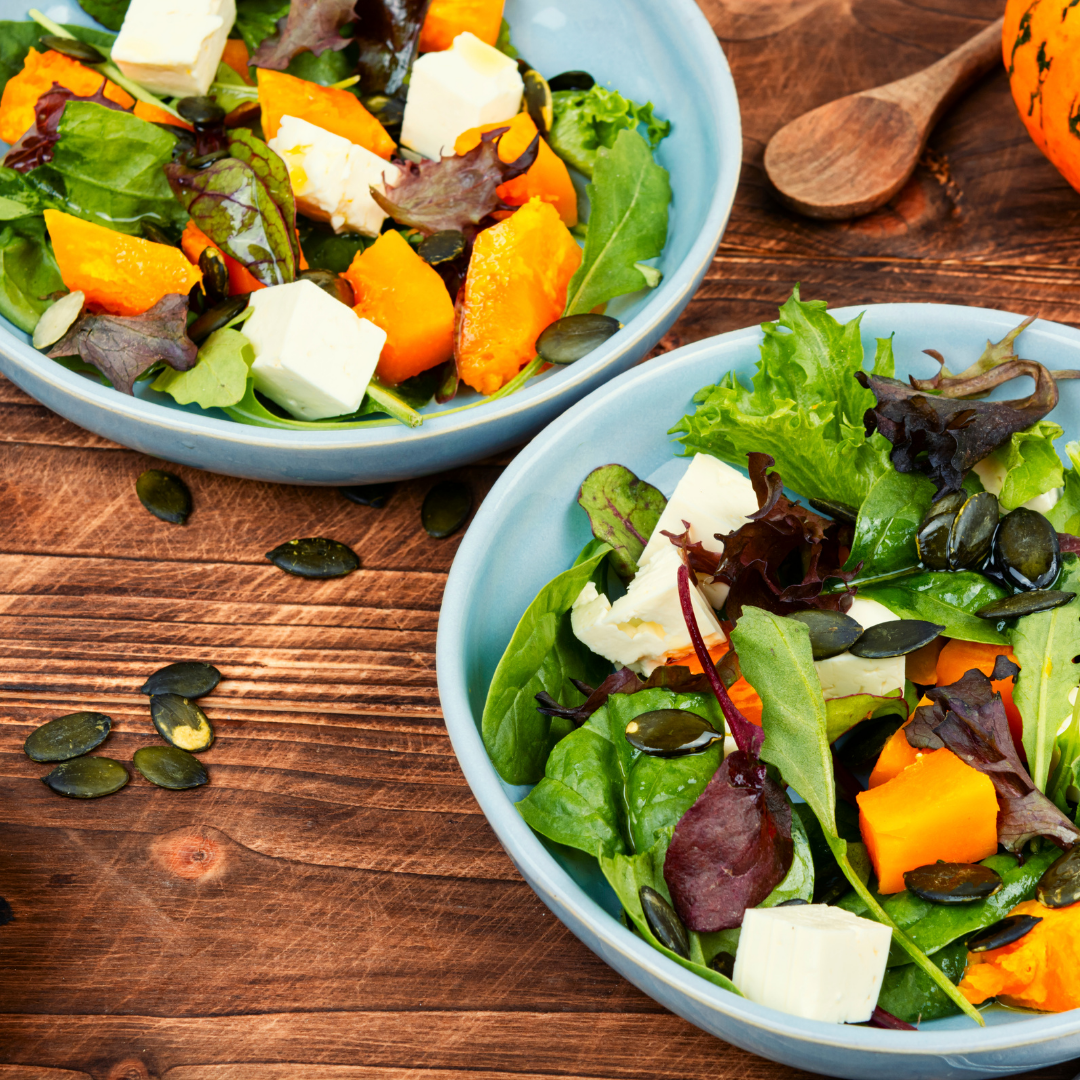

Pumpkin breadcrumbs: a tasty alternative to traditional breadcrumbs.
Rich in protein and fiber, pumpkin breadcrumbs provide a crispy texture and a subtle nutty flavor that makes all the difference. By incorporating them into your dishes, you benefit from essential minerals like magnesium and zinc.
It’s an easy way to enhance your recipes while taking care of your health.
Ingredients :
- Pumpkin seeds (raw or roasted)
- Salt (optional)
- Spices of your choice (garlic powder, paprika, dried herbs)
Instructions :
1. Preparing the Seeds: :
- If using fresh seeds, clean them thoroughly to remove any pulp and dry them.
- To enhance their flavor, roast them in the oven at 180°C (350°F) for 10 to 15 minutes until golden.
2. Blending :
- Allow the seeds to cool, then place them in a blender. Pulse until you achieve a fine breadcrumb-like texture, being careful not to over-blend to avoid a paste.
3. Seasoning :
- Add salt and your favorite spices to customize the flavor, then mix well.
Uses :
Pumpkin breadcrumbs can be used to coat meats, fish, or vegetables, or as a crunchy topping for casseroles and salads. Their unique flavor and nutritional richness make them an excellent choice for enhancing your dishes while reducing food waste.
Did you know that by saving pumpkin seeds, you can enjoy your own harvests every autumn?
Saving pumpkin seeds for planting next year is a simple yet rewarding practice.
The process starts right after harvesting your pumpkin: simply remove the seeds from the flesh, wash them thoroughly, and let them dry for a few days.
Once they’re ready, store them in a cool, dry place until spring.
When it’s time to plant, prepare your soil by aerating it and adding some compost to enrich it. Plant the seeds about 2-3 cm deep, ensuring enough space between each seed for them to grow. In just a few weeks, they will germinate and develop into vigorous plants, ready to provide a new harvest the following autumn.
This process not only helps reduce waste but also allows you to enjoy the joys of gardening. Harvesting your own pumpkins and sharing the fruits of your labor with loved ones fosters a more sustainable approach to consumption.
Pumpkin flesh for fluffy savory pancakes.
After carving your pumpkin for Halloween, don’t throw away the leftover flesh! Instead of wasting it, transform it into a key ingredient for delicious savory pumpkin pancakes.
Not only does this tip help combat food waste, but it also allows you to put a seasonal twist on a classic dish, bursting with autumn flavors!
Ingredients :
- 150 g pumpkin puree (or squash)
- 125 g wheat flour
- 2 eggs
- 30 cl milk
- 1 tablespoon olive oil (or melted butter)
- A pinch of salt
- Pepper (optional)
Instructions :
In a mixing bowl, combine the flour and salt. In another bowl, whisk the eggs, then add the pumpkin puree and milk. Gradually incorporate this mixture into the dry ingredients, stirring until you have a smooth batter.
Let the batter rest for about 30 minutes to improve the texture.
Heat a crepe pan over medium heat and add a bit of oil or a knob of butter. Pour a ladle of batter into the pan, spreading it into a thin layer. Cook until bubbles form on the surface, then flip and cook the other side until golden.
Fill the pancakes with cheese, grilled vegetables, or a mixture of crème fraîche and herbs.
Fold or roll the pancakers and serve them warm.
♻ Give a Second Life to Your Pumpkin Scraps: Easy and Eco-Friendly Composting ! ♻
Composting pumpkin seeds and skins is a fantastic way to repurpose waste while enriching your garden. After harvesting the seeds and skin from your pumpkin, don’t throw away what you don’t use! Instead, consider adding them to your compost bucket.
This process not only gives organic waste a second life but also adds valuable nutrients to the compost. Pumpkin seeds, rich in nitrogen, promote microbial activity, aiding effective decomposition. Additionally, pumpkin skins, high in fiber, enhance the texture and fertility of the compost.
To make this eco-friendly practice even easier, consider using a durable compost bucket, like those from our sister brand PEBBLY. These buckets are designed to reduce odors and simplify the storage of organic waste, making them both practical and stylish. They transform your waste into rich, nourishing compost for your garden.
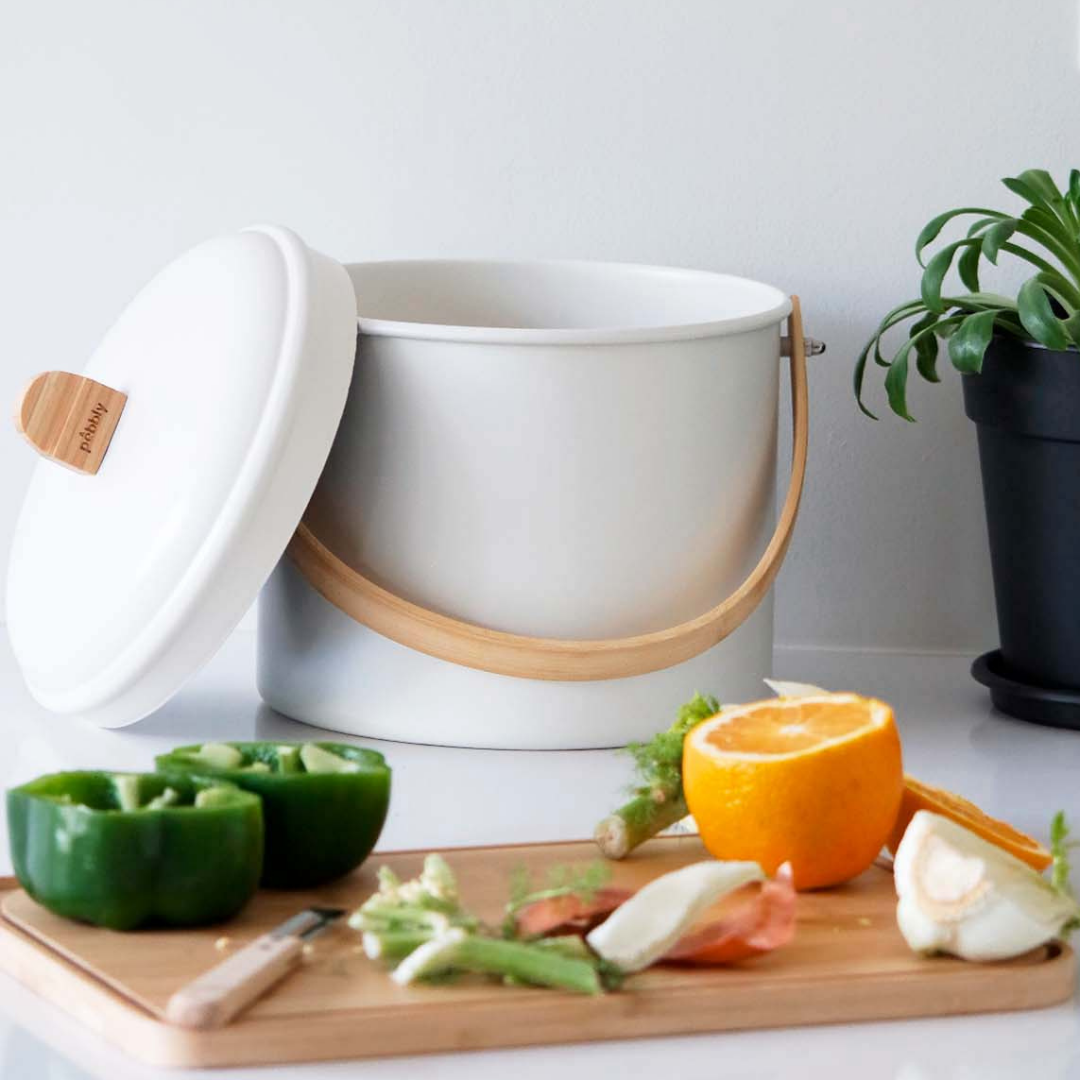
Compost Buckets
Alternatives to Pumpkin
The leftovers from your pumpkin offer numerous culinary possibilities. But don’t forget that other squashes, like kabocha, butternut, and acorn squash, also deserve the spotlight. By incorporating the seeds into your dishes, you reduce waste while adding varied and delicious flavors. These squashes bring unique textures and tastes to your meals.
KABOCHA SQUASH
Kabocha squash is a smaller variety of squash with a tough, reddish-orange skin and sweet flesh, often compared to chestnuts. The seeds of kabocha tend to be slightly smaller and thinner than pumpkin seeds, with a somewhat softer shell. The flavor of kabocha seeds can be slightly sweeter and more subtle than that of pumpkin seeds. They often have a milder taste with a hint of nuttiness.
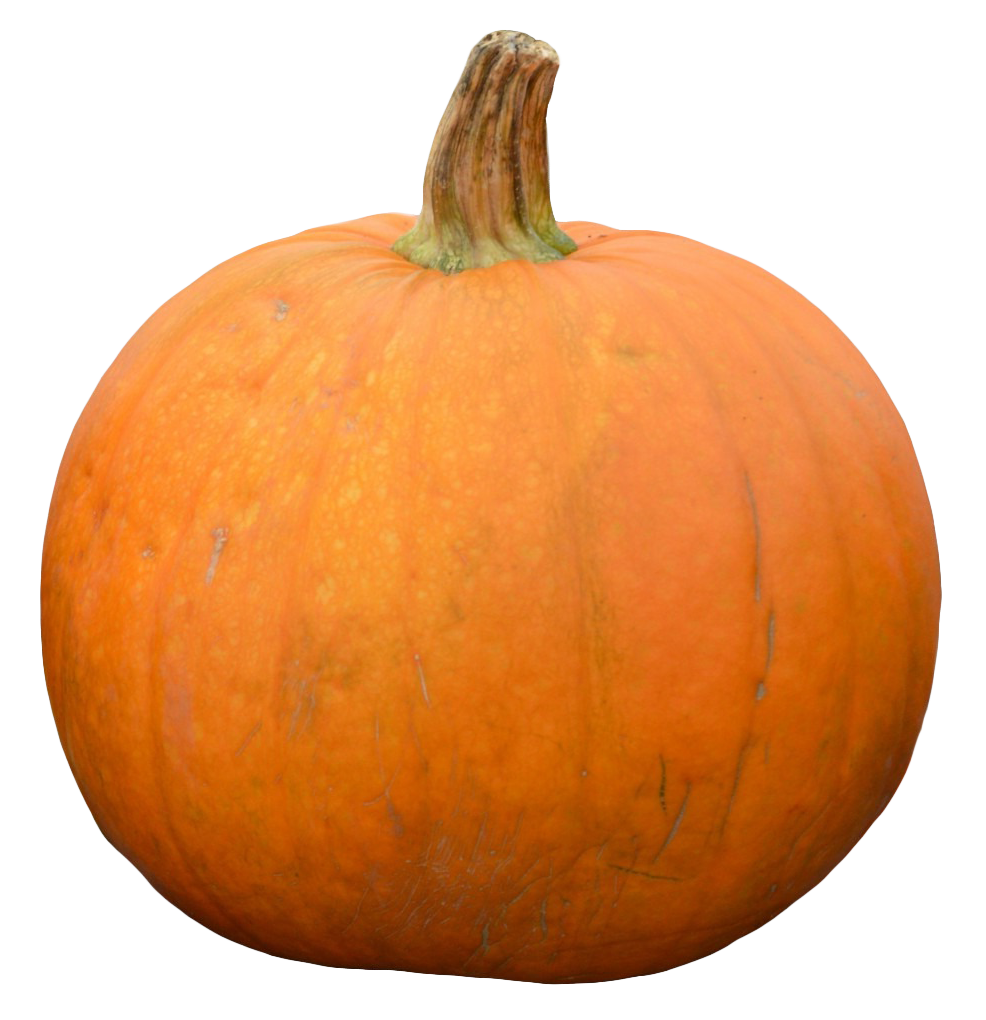
BUTTERNUT SQUASH
Butternut squash is a pear-shaped gourd with sweet, creamy orange flesh, used in a variety of culinary preparations (soups, roasting, purées). Its seeds are smaller, thinner, and flatter than pumpkin seeds. Their shells are also thinner, making them easier to eat with the shell when roasted. Their flavor is often described as slightly sweeter and less bitter than that of pumpkin seeds, with a hint of sweetness that reflects the flavor of the butternut flesh.
.png)
PUMPKIN
Pumpkin is a variety of squash with sweeter, firmer flesh that is orange or red in color, commonly used in dishes like soups and purées. Pumpkins are typically flatter and larger than other squashes. Their seeds are generally a bit larger than pumpkin seeds, with a slightly thicker shell. The flavor is usually mild with a nutty note, but a bit more subtle than that of pumpkin seeds. Once roasted, they have a more delicate taste.

-
Michel Roth's interviewArticles 13/10/2020A deeply humble and incredibly kind individual, in this interview Michel Roth shares with us the secrets of an exceptional career.
-
Cahier de vacancesArticles 19/10/2020Découvrez le livret de jeux et de recettes créé par Euro-toques France et ses partenaires.
-
DE BUYER is the 3rd best brand for the kitchen - CAPITALArticles 28/10/2020De Buyer is the third best brand for the kitchen, in the "Saucepans and Pans" category, according to the survey conducted by Capital and Statista.
-
ALEXIS SOSZYNSKI'S INTERVIEWArticles 08/03/2021Competitive and anxious to prove himself since his earliest years, Alexis Soszynski shares with us his experience.
-
Non-stick coating: find out what’s fact and fictionArticles 09/03/2021Misconceptions exist about the non-stick coating. Find out what’s fact and fiction.





